The November 5 presidential election is expected to be the closest since at least 2000.
Kamala Harris currently has a narrow lead over Donald Trump, according to the latest polls.
But elections in the United States aren’t all about who gets the most votes, it’s about who wins in the right states.
How are elections in the United States conducted?
Adding up the votes from “safe” states where candidates probably don’t have to worry as much, Ms. Harris has 225 votes to Mr. Trump’s 219 out of a field of 270 electoral votes.
Of the 94 votes remaining in eight key battleground states, Harris needs 45 to win the election, while Trump needs 51. Harris currently leads in many of these votes.
Read the latest developments from the US election in our live blog
But outside of the two smallest battlegrounds, the lead is close and within the margin of error. Harris will become president if she wins either the state she currently leads or the two states she wins by less than one point. Mr. Trump needs to win not only the two tied states, but also the two states where he leads.
In betting odds, Trump and Harris have regularly traded narrow leads throughout the campaign, but in recent weeks Trump has accelerated to his largest lead since Harris became the nominee.
This percentage refers to a candidate’s overall chance of victory, not their implied vote share or electoral split.
Predict who you think will win in each battleground state. If you’re right, I’ll tell you who will be president.
battleground states
Many states already feel pretty confident in the results. California and New York, for example, have voted Democratic in every election for the past 30 years.
Texas is no different, despite long-prophetic theories that a growing Hispanic population would eventually turn the Lone Star State blue. do not vote for the Democratic Party. Only five states changed governments in 2020.
That’s why eight voting blocs that can go either way are so important.
If Trump doesn’t win Pennsylvania, his path to victory becomes increasingly narrow, requiring him to win at least four of the six remaining states.
However, if he wins there, only two people will become president.
If other states move in a certain direction, one elector from No. 2 Nebraska could make a big difference.
If Trump wins Pennsylvania and Michigan, and all other results remain the same as in 2020, Trump would be stuck at 269th place, with Nebraska crossing the line for second place.
What happens if there is a tie in the Electoral College?
How are elections in the United States conducted?
Each of the 50 states and Washington, D.C., conducts its own presidential vote, independent of other states.
Each state is worth “electoral votes” (essentially points) that are related to the state’s population.
California, the most populous state in the United States, has 54 electors representing a population of 39 million people.
Wyoming, the smallest state in the United States, has three electors representing a population of 600,000.
There are 538 “points” in total. To become president, a candidate must reach 270 (more than half). It doesn’t matter what combination of states you take to get there, some routes may be easier than others.
In most states, except Nebraska and Maine, the candidate who wins that state receives all available electoral votes.
In other words, if Donald Trump were to win Florida by one vote, he would have won all 30 of Florida’s electoral votes, the same as winning 100% of Florida’s popular vote.
In Nebraska, two votes are allocated to the candidate who wins the state overall, and one vote is allocated to each candidate who wins in each of Nebraska’s three electoral districts, for a total of five votes. The same goes for Maine, but there there are only four electoral college votes, so the other votes are divided into two districts instead of three.
Who are people’s favorites?
Sometimes it’s not about policy, it’s just whether you like one candidate better than another.
Americans are more likely to view Donald Trump unfavorably than favorably, but she was more popular than Harris before she became a candidate.
Since then, Harris’ favorability ratings have increased, but they remain near zero. This means that there are just as many people who find her less likable. As with national polls, these ratings have increasingly converged in recent weeks.
As we get closer to the election, keep an eye on all of these trackers to see what polls and betting market predictions evolve and reveal about how the presidential race will go.
The Data and Forensics team is a versatile unit dedicated to delivering transparent journalism from Sky News. Collect, analyze, and visualize data to tell data-driven stories. We combine traditional reporting skills with advanced analysis of satellite imagery, social media, and other open source information. Through multimedia storytelling, we aim to better explain the world and show how journalism is done.



